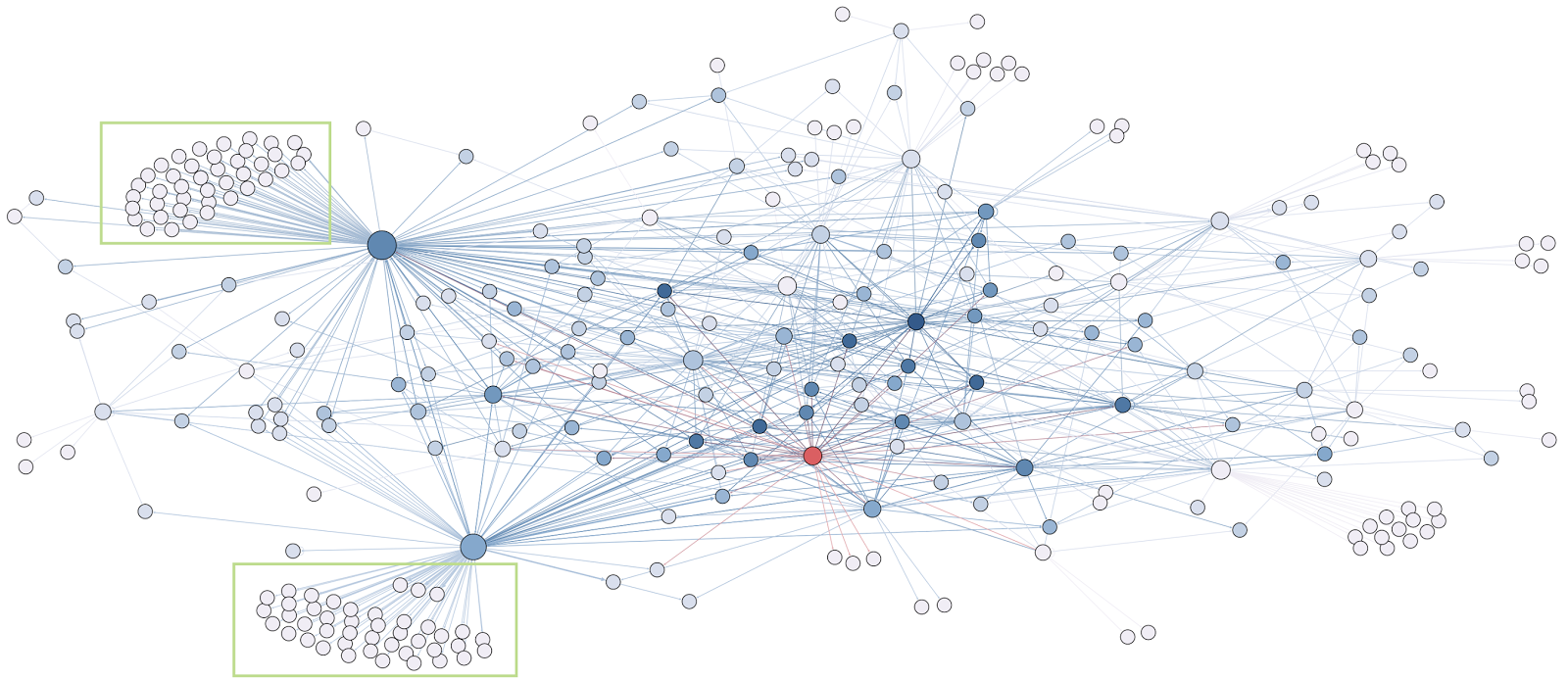Reconstructing Group Memories in the Information Age
An outline of the paper: Hippocampus: Answering Memory Queries using Transactive Search , by M. Catasta, A. Tonon, D. Difallah, G. Demartini, K. Aberer, and P. Cudre-Mauroux (WWW 2014, Web Science Track)
Who attended the 86th Academy Awards, held on March 2, 2014 at the Dolby Theatre in Los Angeles? The most retweeted tweet of all time is a reliable source to start answering such question, but it’s far from being exhaustive. A careful look at the official website would lead to a long list of candidates, taking into account both the Oscar winners and nominees. But, for instance, not all the nominees attended the event, therefore the list could contain many mistakes. Furthermore, the Oscar Night is not only about celebrities – hundreds of people worked eagerly during the event, behind the scenes.
Considering that the official list of attendees is not available publicly, is there any way to reconstruct it? The answer is yes, and the key insight to make this happen has a lot more to do with psychology than with pure technology.
In 1985, Daniel Wegner, professor of psychology at Harvard University, introduced the concept of Transactive Memory, “a mechanism through which groups collectively encode, store, and retrieve knowledge.” A common example of Transactive Memory is the following: multiple generations of the same family are having lunch all together, while reminiscing past events and arguing for long hours on how things really went. Some of those events can be remembered only by the family members who lived them in first person. That is to say, the only way to accurately reconstruct an event development is to tap into the human memories of all the participants.
Similarly, to reconstruct the attendees list of the 86th Academy Awards, it would be enough to ask some of the participants “Who were you with that night?”, and then spread the question among the people just nominated, until the number of entries in the list starts to converge.
In our paper, we show that, applying the Transactive Memory paradigm, we were able to reconstruct the attendees list of two large Semantic Web conferences, by starting from a single person (the red node in the graph below), and then gathering incrementally the names of the attendees through a tailored Web interface. While the central component of the graph is strongly connected (i.e., many participants were nominated multiple times, like Oscar Corcho and Natasha Noy), it is interesting to notice that some of the top contributors were able to “discover” isolated portions of the graph (i.e., the green rectangles on the left side) which would have been forgot otherwise.
We compared our system against state-of-the-art machine learning algorithms, and against hybrid approaches based on crowdsourcing (i.e., exploiting Human Computation to further refine the results). Experimental results show that the Transactive system remains the best way to answer queries for which the required information is not fully documented on the Web, yielding an improvement up to 46%over the best alternative approach. Furthermore, we report some initial evidences that, as human memories fade with time, our approach works best with recent events.
The full paper is available online on our website!
